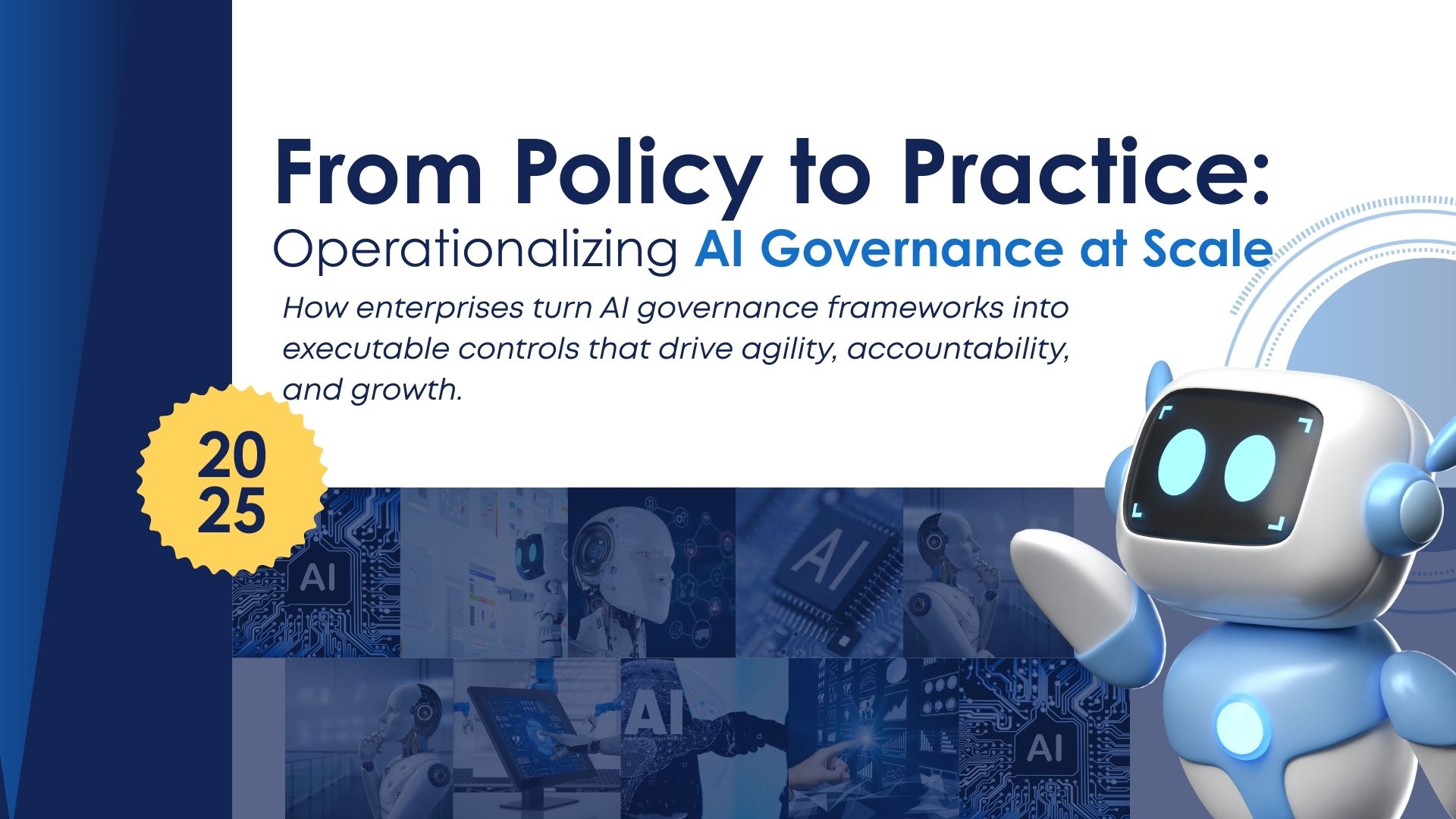Organizations across various industries face increasingly challenging decisions when it comes to managing their project portfolios. The sheer volume of data, competing priorities, and intricate constraints make it difficult for decision-makers to optimize their resources and maximize returns. Enter CPLEX and mathematical optimization, powerful tools that are transforming the way businesses approach project portfolio management. This blog will explore how these advanced techniques are being applied across different sectors, the challenges they address, and the significant benefits they bring to the table.
Understanding CPLEX and Mathematical Optimization
Before diving into industry-specific applications, it’s crucial to understand what CPLEX and mathematical optimization entail. Mathematical optimization, also known as mathematical programming, decision optimization, or decision intelligence, is a branch of applied mathematics that uses advanced algorithms to find the best solution from a set of possible alternatives. CPLEX, developed by IBM, is a high-performance mathematical programming solver for linear optimization, mixed integer programming, and quadratic programming.
Together, these tools provide a robust framework for modeling complex business problems and finding optimal solutions that balance multiple objectives and constraints. By leveraging the power of mathematics and computer science, organizations can make data-driven decisions that significantly improve their operational efficiency and strategic outcomes.
Project Portfolio Management Challenges Across Industries
Manufacturing Industry
The manufacturing sector grapples with numerous challenges in project portfolio management. One of the primary issues is resource allocation across multiple production lines and projects. Manufacturers must decide which products to produce, in what quantities, and on which production lines to maximize profitability while meeting customer demand. Additionally, they must consider factors such as equipment maintenance schedules, workforce availability, and supply chain constraints.
CPLEX and mathematical optimization can address these challenges by creating comprehensive models that account for all relevant variables. These models can optimize production schedules, allocate resources efficiently, and balance short-term profitability with long-term strategic goals. By considering factors such as demand forecasts, production costs, and capacity constraints, manufacturers can make informed decisions that maximize overall performance.
From a technical standpoint, implementing CPLEX in manufacturing involves developing mixed-integer programming models that capture the complexities of production processes. These models can incorporate both continuous variables (e.g., production quantities) and binary variables (e.g., whether to run a particular production line). The solver then uses advanced algorithms to find the optimal solution within the defined constraints.
The business impact of such implementations can be substantial. Manufacturers can expect to see improvements in capacity utilization, reduced inventory costs, and increased overall equipment effectiveness (OEE). The potential return on investment (ROI) is often significant, with some companies should experience cost savings of up to 15-20% and productivity gains of 10-15% after implementing optimization solutions.
Financial Services
In the financial services industry, project portfolio management challenges revolve around investment decisions, risk management, and regulatory compliance. Financial institutions must balance their portfolios to maximize returns while adhering to strict risk thresholds and regulatory requirements. They also face the challenge of allocating capital across various investment opportunities and managing liquidity.
CPLEX and mathematical optimization can be employed to develop sophisticated portfolio optimization models. These models can consider a wide range of factors, including expected returns, risk metrics, correlation between assets, and regulatory constraints. By leveraging these tools, financial institutions can make more informed investment decisions and better manage their overall risk exposure.
Technically, implementing such solutions in finance often involves quadratic programming models to capture the risk-return tradeoffs in portfolio selection. These models can be extended to include integer variables for discrete investment decisions or to incorporate more complex risk measures beyond traditional mean-variance optimization.
The business benefits of applying mathematical optimization in finance are substantial. Institutions can achieve better risk-adjusted returns, improve compliance with regulatory requirements, and make more efficient use of their capital. The potential ROI can be measured in terms of improved portfolio performance, reduced operational costs, and enhanced ability to navigate market volatility. Some financial institutions should experience performance improvements of 2-3% annually, which can translate to millions of dollars for large portfolios.
Energy and Utilities
The energy and utilities sector faces challenges related to resource allocation, infrastructure investment, and balancing supply with demand. Companies in this industry must make decisions about power generation mix, grid infrastructure upgrades, and maintenance scheduling while considering factors such as regulatory requirements, renewable energy integration, and long-term sustainability goals.
CPLEX and mathematical optimization can be employed to develop comprehensive models that address these complex challenges. These models can optimize power generation schedules, determine the most cost-effective mix of energy sources, and plan infrastructure investments to meet future demand while minimizing costs and environmental impact.
Technically, implementing such solutions in the energy sector often involves large-scale linear and mixed-integer programming models. These models must handle the complexities of power flow constraints, intermittent renewable energy sources, and long-term planning horizons. Advanced techniques such as stochastic optimization may be used to account for uncertainties in demand and renewable energy production.
The business benefits of applying mathematical optimization in the energy sector are significant. Utilities can expect to see improvements in operational efficiency, reduced costs, and better integration of renewable energy sources. The potential ROI can be substantial, with some companies reporting cost savings of 3-5% on their overall operations and significant improvements in their ability to meet renewable energy targets while maintaining grid stability.
Need CPLEX Training? Enroll for
Cresco International: Your Partner in Decision Optimization
As we’ve explored the transformative potential of CPLEX and mathematical optimization across various industries, it’s clear that implementing these solutions requires deep expertise and industry-specific knowledge. This is where Cresco International, an IBM trusted partner and consulting firm specializing in decision optimization, comes into play.
Cresco International brings a wealth of experience in developing customized decision optimization solutions using CPLEX and other advanced mathematical programming tools. Their team of experts understands the unique challenges faced by different industries and has a proven track record of delivering high-impact solutions that drive tangible business results.
When working with Cresco International, businesses can expect a comprehensive approach to solving their project portfolio management challenges. The process typically begins with a thorough analysis of the organization’s current operations, pain points, and strategic objectives. Cresco’s consultants work closely with stakeholders to gain a deep understanding of the business context and to identify opportunities for optimization.
Once the problem is well-defined, Cresco’s team of data scientists and optimization experts leverage their extensive knowledge of CPLEX and mathematical programming to develop tailored models that capture the full complexity of the business environment. These models are then refined and validated using real-world data to ensure their accuracy and relevance.
One of the key strengths of Cresco International is their ability to bridge the gap between technical sophistication and practical business implementation. They don’t just deliver a mathematical model; they work with clients to integrate the optimization solution into existing business processes and systems. This might involve developing user-friendly interfaces, creating dashboards for decision-makers, or providing training to ensure that the organization can fully leverage the power of the optimization tools.
The benefits of partnering with Cresco International extend beyond the initial implementation. As a trusted advisor, they provide ongoing support and optimization of the solution, ensuring that it continues to deliver value as business conditions evolve. They also stay at the forefront of advancements in optimization technology, continuously incorporating new techniques and best practices into their solutions.
By leveraging Cresco International’s expertise, businesses across industries can unlock the full potential of CPLEX and mathematical optimization. Whether it’s a manufacturer looking to streamline their production processes or a financial institution aiming to optimize their investment portfolio, Cresco International has the knowledge and experience to deliver transformative solutions.
Want to Buy CPLEX? Visit
Conclusion
As we’ve seen, CPLEX and mathematical optimization are powerful tools that can revolutionize project portfolio management across a wide range of industries. From manufacturing to finance and energy, these advanced techniques offer the potential to dramatically improve decision-making, resource allocation, and overall business performance.
The challenges faced by each industry are unique, but the underlying principle remains the same: by leveraging the power of mathematical modeling and advanced algorithms, organizations can make more informed, data-driven decisions that balance multiple objectives and constraints. The potential benefits, including improved operational efficiency, cost savings, and enhanced strategic positioning, make investment in these technologies a compelling proposition for forward-thinking businesses.
However, successfully implementing these solutions requires more than just technical know-how. It demands a deep understanding of industry-specific challenges, the ability to translate complex business problems into mathematical models, and the expertise to integrate these solutions into existing business processes. This is where partners like Cresco International play a crucial role, bridging the gap between advanced mathematics and practical business application.
As we move further into an era of data-driven decision-making, organizations that embrace CPLEX and mathematical optimization will be well-positioned to thrive in an increasingly complex and competitive business landscape. By harnessing these powerful tools, businesses can not only solve today’s challenges but also build the capabilities needed to address the unknown challenges of tomorrow.











